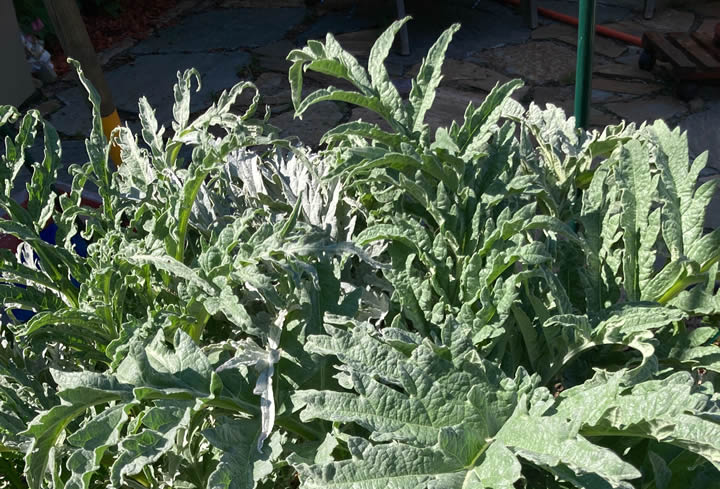What exactly is soluble silica and why is it effective?

It’s 430am, you’re having your first cup of coffee while you check your emails and updates from your greenhouse when you notice an alert in one of the bays. Your AI and computer vision system detected the slightest beginning of a powdery mildew problem on a strawberry plant. You quickly zoom from that house to the actual plants and sure enough, your system is correct. It’s powdery mildew.
Now, what do you do because we all know how quickly it can spread throughout the greenhouse?
“We always suggest using soluble silica as a preventative, to use it from the beginning of a plant’s life cycle,” explains Caroline James of Dyna-Gro in Richmond, California. “Mostly, via a continuous drench because it significantly reduces the chance of an outbreak. And if you do get an outbreak, usually a foliar application over a relatively short period of time will correct the problem.”
What exactly is soluble silica and why is it effective?
iUNU’s in-house horticulturist Theodore Huggins explains that there are two major forms of agricultural silica: Potassium Silicate and Silicic Acid. Silicic Acid as a weak acid can be easily integrated into an existing fertigation regimen due to its lesser effect on solution pH. Potassium Silicate as a foliar spray gives the added benefit of stomatal transpiration of both elements. Not only does it have cellular benefits, its physical structure once applied to foliage can even help stop the attachment of fungal spores and even certain soft-bodied insects. Potassium Silicate applied bi-weekly throughout the vegetative and early generative cycles at various rates has been shown to not only decrease pathogenic susceptibility but also plays a major role in the reduction of drought and heat stress.
His analysis is backed up by Joseph Heckman from the NJ Agricultural Experiment Station.
“As a result of increasing silicon concentrations in plant tissues the mechanical strength may be increased, helping to protect the plant from infection. Studies have shown that the amount of insect attack on plant tissues may also be inversely related to silicon uptake.” https://njaes.rutgers.edu/fs1278/
Most growers use soluble silica at the same time they’re feeding other nutrients. While it’s not an essential element, it is considered a beneficial element. Those benefits extending beyond just dealing with powdery mildew. According to many, it increases the strength of the plant and the immunity to fungi and in addition, stems are stronger, leaves are tougher and a plant’s internal resistance is stronger.
It’s important to keep in mind that powdery mildew is actually in the DNA of some plants, for example, cannabis. “If you give it the right environment and humidity so that the mold says this is perfect for me to live in, problems will come up,” Carol reminded us. “Pay close attention to your VPD.”
As with anything, there are always side effects and Ms. James pointed out that if you’re an orchid grower, the leaves will turn around within hours but if you feed too much to your plants it will create rigidity and the leaves can break.
“We had one client who grows poinsettias and as you know, they truck hundreds of poinsettias around Christmas time and everyone wants a perfect plant. Usually within a truck full, there will be a few hundred or so that get damaged and have to be thrown away. One client started using soluble silica and that number dropped below 20. The leaves and the blooms in the plants were sturdier and they were able to withstand the movement of the truck.”
Comments (0)
This post does not have any comments. Be the first to leave a comment below.
Featured Product

